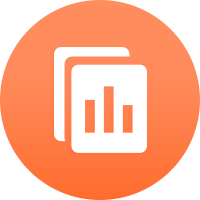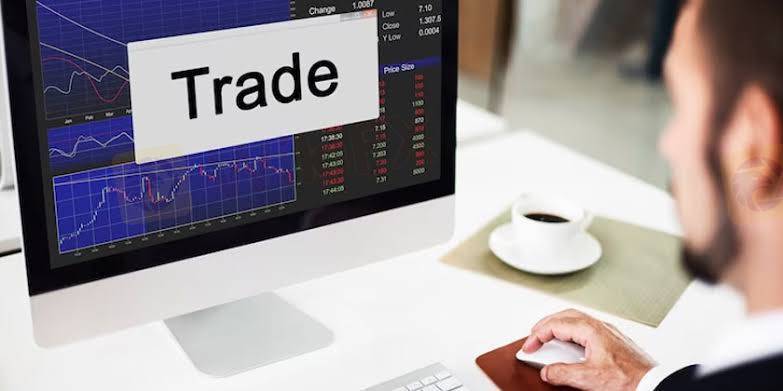2024-09-21 23:57
IndustryAutomated trading at high frequencies.
Automated trading at high frequencies using algorithms and systems is a highly sophisticated and advanced trading strategy that leverages cutting-edge technology to execute trades at incredibly fast speeds. This approach utilizes complex algorithms and automated systems to analyze vast amounts of market data, identify profitable trading opportunities, and execute trades in real-time, often in fractions of a second.
The benefits of high-frequency trading are numerous and significant. Firstly, the speed at which trades can be executed is unparalleled, allowing traders to capitalize on fleeting market opportunities that may only exist for a matter of milliseconds. Secondly, the accuracy of automated systems is far superior to human traders, reducing the likelihood of errors and emotional biases that can lead to costly mistakes. Thirdly, high-frequency trading can handle large volumes of trades with ease, making it an ideal strategy for institutional investors and large-scale traders. Finally, automated systems can optimize trading strategies and adapt to changing market conditions with incredible speed and precision, allowing traders to stay ahead of the curve and maximize their profits.
There are several types of high-frequency trading strategies that traders can employ, each with its own unique characteristics and benefits. Market making involves providing liquidity to the market by simultaneously buying and selling securities, while trend following involves identifying and capitalizing on market trends using algorithms and statistical models. Statistical arbitrage exploits price discrepancies across different markets and securities, while latency arbitrage profits from delays in market data and trade execution.
However, high-frequency trading is not without its challenges and risks. Market volatility can amplify market fluctuations, increasing the risk of significant losses. System failures can result in technical glitches that lead to substantial financial losses. Regulatory scrutiny is also a major concern, as high-frequency trading is heavily regulated and non-compliance can lead to legal issues. Finally, the high-frequency trading landscape is highly competitive, making it challenging for traders to maintain a competitive edge and stay ahead of the curve.
To succeed in high-frequency trading, traders must develop sophisticated algorithms and automated.
Like 0

天黑路滑人心杂
Trader
Hot content
Industry
Event-A comment a day,Keep rewards worthy up to$27
Industry
Nigeria Event Giveaway-Win₦5000 Mobilephone Credit
Industry
Nigeria Event Giveaway-Win ₦2500 MobilePhoneCredit
Industry
South Africa Event-Come&Win 240ZAR Phone Credit
Industry
Nigeria Event-Discuss Forex&Win2500NGN PhoneCredit
Industry
[Nigeria Event]Discuss&win 2500 Naira Phone Credit
Forum category

Platform

Exhibition

Agent

Recruitment

EA

Industry

Market

Index
Automated trading at high frequencies.
 | 2024-09-21 23:57
| 2024-09-21 23:57
Automated trading at high frequencies using algorithms and systems is a highly sophisticated and advanced trading strategy that leverages cutting-edge technology to execute trades at incredibly fast speeds. This approach utilizes complex algorithms and automated systems to analyze vast amounts of market data, identify profitable trading opportunities, and execute trades in real-time, often in fractions of a second.
The benefits of high-frequency trading are numerous and significant. Firstly, the speed at which trades can be executed is unparalleled, allowing traders to capitalize on fleeting market opportunities that may only exist for a matter of milliseconds. Secondly, the accuracy of automated systems is far superior to human traders, reducing the likelihood of errors and emotional biases that can lead to costly mistakes. Thirdly, high-frequency trading can handle large volumes of trades with ease, making it an ideal strategy for institutional investors and large-scale traders. Finally, automated systems can optimize trading strategies and adapt to changing market conditions with incredible speed and precision, allowing traders to stay ahead of the curve and maximize their profits.
There are several types of high-frequency trading strategies that traders can employ, each with its own unique characteristics and benefits. Market making involves providing liquidity to the market by simultaneously buying and selling securities, while trend following involves identifying and capitalizing on market trends using algorithms and statistical models. Statistical arbitrage exploits price discrepancies across different markets and securities, while latency arbitrage profits from delays in market data and trade execution.
However, high-frequency trading is not without its challenges and risks. Market volatility can amplify market fluctuations, increasing the risk of significant losses. System failures can result in technical glitches that lead to substantial financial losses. Regulatory scrutiny is also a major concern, as high-frequency trading is heavily regulated and non-compliance can lead to legal issues. Finally, the high-frequency trading landscape is highly competitive, making it challenging for traders to maintain a competitive edge and stay ahead of the curve.
To succeed in high-frequency trading, traders must develop sophisticated algorithms and automated.
Like 0
I want to comment, too
Submit
0Comments

There is no comment yet. Make the first one.

Submit
There is no comment yet. Make the first one.